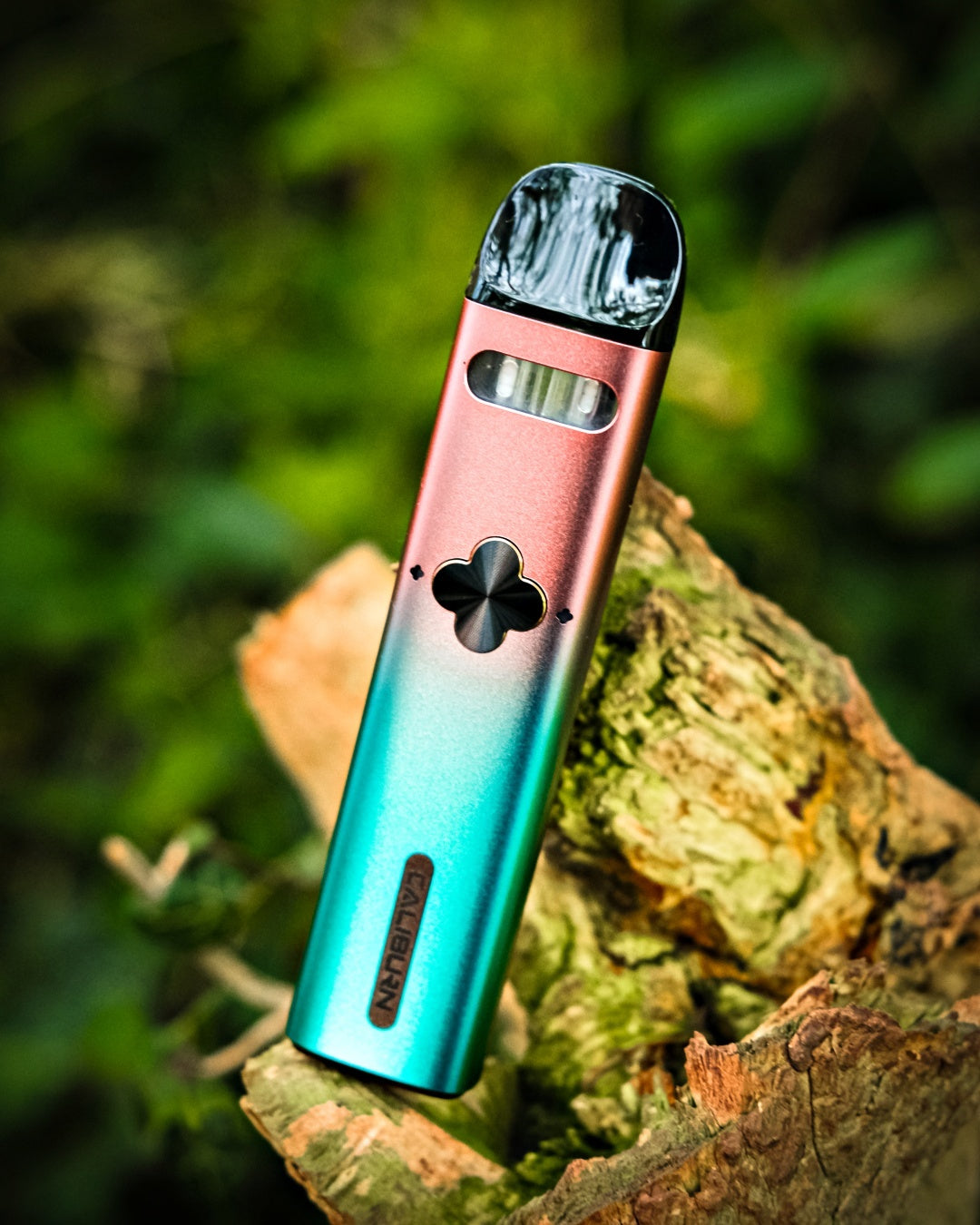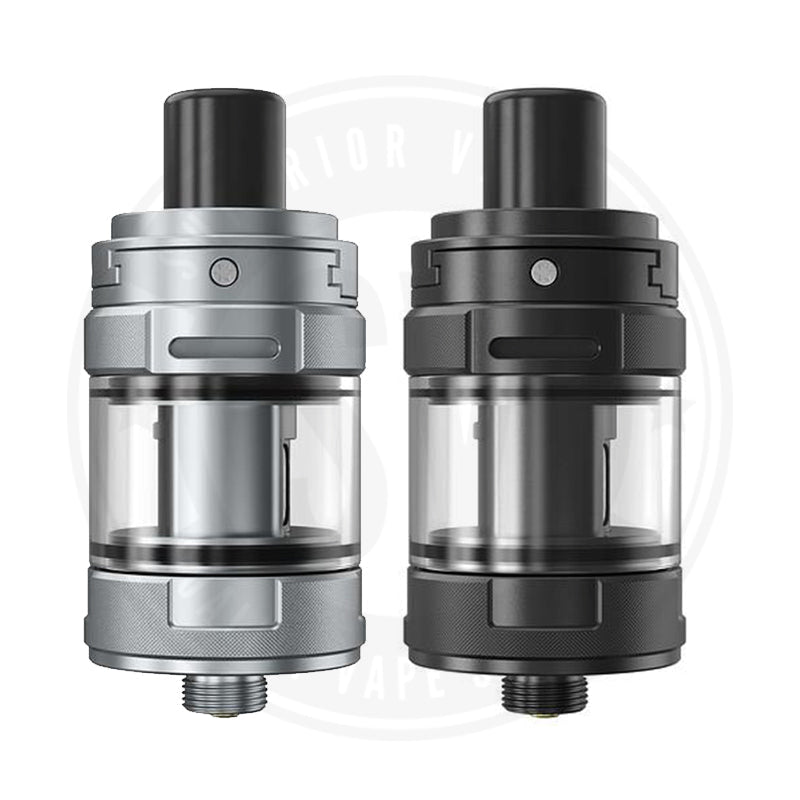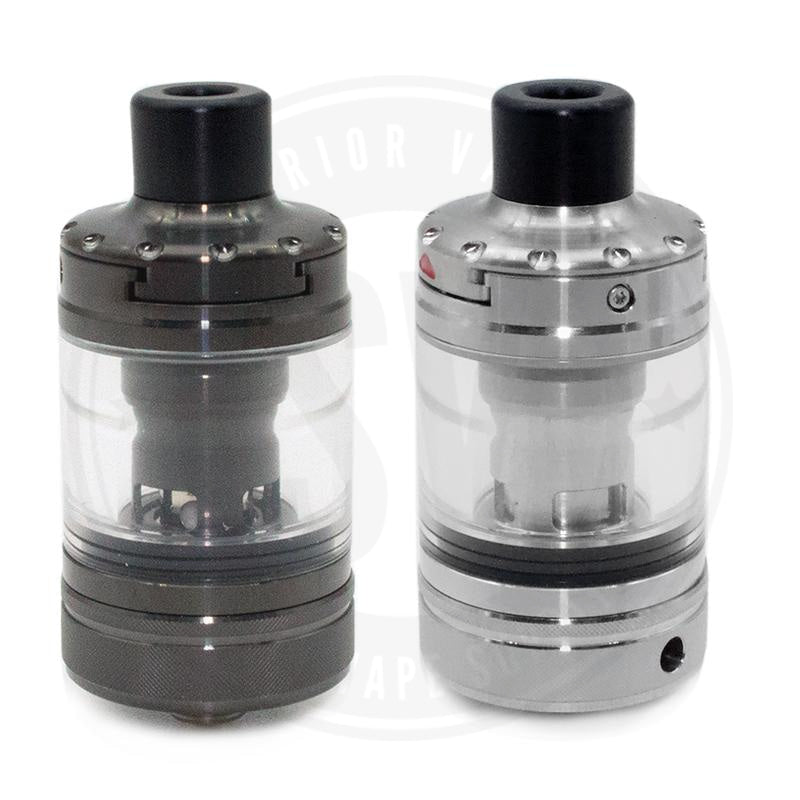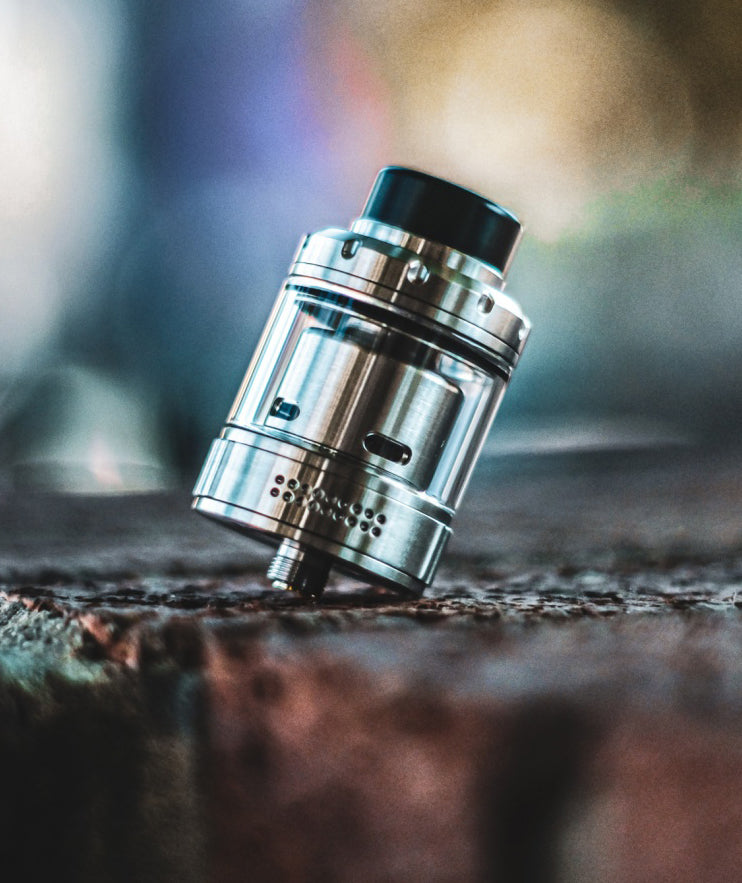When the Government introduced its Tobacco and Related Regulations in May 2016, the tobacco industry was given a six month period in which to comply with the new legislation. These regulations have been introduced in the UK as a result of the European Tobacco Products Directive (TPD), with which all member states of the European Union must comply (we’ll look at the consequences of the UK leaving the EU later on).
The TPD encompasses all ‘tobacco related products’, including cigarettes, rolling tobacco and chewing tobacco, as well as vaping products. The stated focus of the Directive is to discourage young people from smoking and to ensure that all EU citizens are made aware of the harm smoking can have on their health and well-being.
Controversially, Article 20 of the TPD relates to vaping, e-liquids and vaping related products, even though these are arguably not tobacco related products.
That six-month transition period came to an end in November 2016 so we think it’s timely to look at what effect TPD will have on vaping in the UK had and what the future holds for the industry.
What does Article 20 of the TPD entail?
The rules laid out in Article 20 cover everything connected to the manufacture and importation of e-cigarettes and vapours and every aspect of the supply and retail chain.
Because some e-cigarettes contain nicotine, the Directive has set a maximum permitted concentration of 20 milligrams per millilitre, which is less than the current level of 24 milligrams per millilitre. At the same time, the maximum capacity of a tank is restricted to 2 millilitres, down from the 5 millilitres which is the most common size currently on sale. Refill containers will now have a maximum capacity of 10 millilitres.
E-cigarettes must also be tamper proof and child-resistant and must be constructed in such a way as to prevent spillage when refilled.
All e-cigarette packaging and vaping kits are required to carry mandatory health warnings and state that they contain nicotine. They must also include a leaflet, if the information is not on the packaging itself, containing advice on the adverse effects of smoking, addictiveness and the product’s toxicity. There cannot be any promotional elements on the packets. Also required on the packet or in the leaflet are instructions about keeping the product out of reach of children, explaining which groups are at risk if the devices are used by them, and that the products should not be used by non-smokers.
The promotion of e-cigarettes and cross-border advertising is also prohibited. This legislation is likely to have an impact on British exporters as the trade in these products involves what some consider to be draconian red tape.
What happened in the six-month transition period?
From the moment the TPD was introduced in May, all producers of new and modified e-cigarettes, vaping and pod vape kits and refill merchandise, had to notify the Medicines and Healthcare products Regulatory Agency (MHRA).
The notification has to include a description of the ingredients contained in the products; toxicological data; the inclusion of any possible addictive compounds; details about emissions of the product; the voltage/wattage of a battery and whether it is adjustable; and whether the wick can be changed. The products must then be thoroughly tested before approval is granted.
The list of notifications is formidable and you could be excused for thinking that the authorities are making life as difficult as possible to deter all but the most robust manufacturers from going through the procedure. However, since the sector is still growing rapidly and has become very profitable, the additional bureaucracy is unlikely to slow the market or deter manufacturers.
There are also fees which have to be paid when submitting these notifications, which currently stand at £150, in addition to an annual fee of £60 for each product. In Belgium, regulators are asking for a fee of 4,000 Euros to test any new products, so UK manufacturers are actually getting off lightly.
The onus is on the manufacturer to supply the information; not the retailer. However, anyone selling the products should ensure that they comply with the TPD regulations. If they are found to be selling products which do not fall within TPD guidelines, the stock will be confiscated and they could lose their license to sell tobacco merchandise of any kind.
Products which did not comply with the new regulations could still be supplied during the six-month period and retailers have a further six months in which to sell them. Any of the unregulated products still on their shelves after May 2017 must be disposed of. Meanwhile, all products supplied after November 2016 are required to comply with the TPD protocols.
The EU Directive also obliges member states to monitor the sector to determine if there is any evidence which suggests that the use of e-cigarettes or vapours leads to an increase in the consumption of tobacco, or nicotine addiction, especially among non-smokers or young people. The findings will be collated and reviewed by the EU Commission in five years.
Home Made E-Juice
One of the major rules being brought about by the TPD will involve limitations placed on tank sizes (2ml), e-liquid bottle sizes (10ml) and nicotine concentrations (20mg). Flavour concentrates as well as PG and VG concentrations will not be affected, nor will zero nicotine e-liquids.
Vaping suppliers and shops can still purchase high nicotine concentrates wholesale as long as it is being used for commercial purposes (whatever these are). In effect this means vapers will be limited to 20mg nicotine concentrate in 10ml bottles (2%). For DIY e-juicers it will still be possible to mix nicotine shots to create low nicotine concoctions in larger bottles. Flavour bottles can also be used to add flavour to flavourless nicotine to create concentrations of anything between 12mg and 18mg. The homemade e-liquid is far from dead in other words.
Implications on Importing and Exporting
The TPD has huge implications on the importing of e-liquids into the UK, as rules state that all e-liquids have to be made with EU or USA pharma grade nicotine, meaning many Chinese manufacturers may be cut out of the market. E-liquids will also need to undergo testing, which could take up to 6 months to approve before a licence to sell is granted. This is likely to put off many US manufacturers as well, although there is evidence some of the larger ones will invest in compliance to continue having access to the lucrative EU market.
The testing requirements will include emissions testing to identify any harmful components in the vapour produced. Nicotine dosage will test for consistency of nicotine delivery and toxicology tests will look at the e-liquid itself to make sure no harmful components are found.
Under the TPD the onus for testing and submissions will be placed on the manufacturer and the importer. The costs associated with this means that many smaller retailers will be put off from importing products from outside the EU.
What will happen post-Brexit?
The TPD has been implemented with varying degrees of fervour across the member states of the EU, with the UK allegedly taking a more relaxed approach than some of its counterparts in Europe. The lower fees charged for the statutory notification are but one example.
One of the rallying cries for those who advocated leaving the European Union was for Britain to regain control of the laws it made rather than being dictated to by Brussels. Prime Minister Theresa May has said that all current legislation will initially be maintained but will be subsequently reviewed to ascertain whether any change is required.
By the time any Brexit deal is reached and Britain leaves the European Union, all products on sale will be complying with the TPD. There is a general consensus that the laws governing e-cigarettes are unlikely to be altered once Britain has finally left the European Union. It would be virtually impossible for a government of any political persuasion to renege on the packaging and health warnings. More to the point, any alteration in the laws could affect or even derail trade deals with the EU and so this is likely to take precedence over any minor bugbears with Article 20 of the TPD.




















